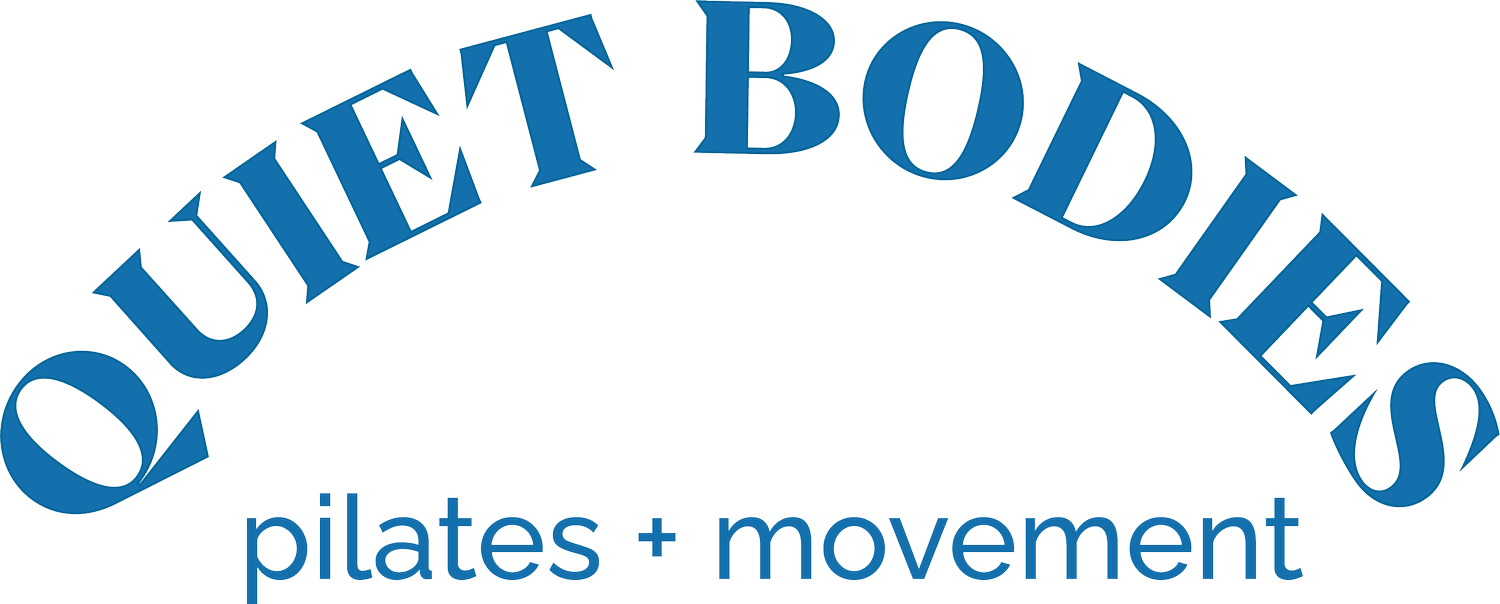Breathing, when, where, why…musings.
You know what they say "the more you learn, the less you know," and this describes my experience very well as a Pilates teacher.
When I first started teaching, I relied on intuition, inspiration and taught from my experience. My takeaway here is my intuition is usually right, and I shouldn't teach what I have learnt without questioning it first (especially if it makes me raise an eyebrow.) As of late, I have started to ask questions about why we do things in Pilates instead of just doing it because it's in the textbook.
A few things stuck out when I began learning Pilates in the early days, and one thing was breathing. Specifically, this emphasis on forced exhalation and choreographed breathing.
Inhale, lift your leg, exhale, point your toe, three fast spurts of breathing and HOLD! (I STILL catch myself cueing this way sometimes.)
Choreographed breath often overshadows many other more critical elements in class, such as what the exercise is. I often left these classes feeling hyperventilated and like I didn't get to move as freely as I had hoped. In 2018, when I started getting curious about the classical method, I noticed each Pilates method usually comes with a unique style of "breath." I began to learn I preferred when breath was thrown in occasionally, much as it would be in a ballet class, and served as a reminder that I could use my breath as a means of support.
So, since you take my classes, where do we stand at Quiet Bodies with breathing?
Like anything that is for you to decide, I wish to offer you options to explore, hoping you can discover what you feel is most beneficial. Here are some ideas to get you started.
Approach 1:
Don't think about breath at all, and let your body naturally decide what it needs to do.
Approach 2:
Add breath in as a layer. This approach might be most appropriate after you have some experience practicing Pilates. In other words, you can get your body organized without much concentration leaving brain space for other things.
Approach 3:
Let the breath serve as a reminder to keep things fluid and connected. See what it feels like to abandon the "when should I exhale?" mentality (unless it works for you). Trust me, when you do a Teaser or a Roll-Up, that requires a lot of effort, and the breath will kick in to help you.
What goes wrong when there is too much emphasis placed on breathing?
For starters, if breathing is distracting you, it's not helping you. Remember, your breath is there to support you.
Another thing I see go wrong is folks use a deep excessive breath that one might use to help them lift a heavy box for something like lifting a two-pound weight. The pressure you are creating in your core and the effort you're preparing your body to exert doesn't match the movement.
Confusing when we put it that way, right?
After all, Pilates is the practice of teaching your body how to work as a system. No muscle is overworking or underworking.
Please understand that I am not saying it isn't good to think about breath! I have multiple clients I choose to emphasize breath for, but it's always for a reason now, not just because my textbook says (i.e., they have IAP issues/DRA or something like that.) But even then, the emphasis is more on how they are breathing vs. when they are breathing.
If you give the newest Level 3 workout a whirl, I try not to cue breath as much, and this is something I want to explore in my teaching a little more (it's a hard habit to break), and I hope you feel free to explore breath in a rhythm that is supportive for your body.
If you're curious to learn what inspired me to share my thoughts on breathing in Pilates, please listen to this episode of The Pilates Elephant with Raphael Bender and Cloe Bunter.
